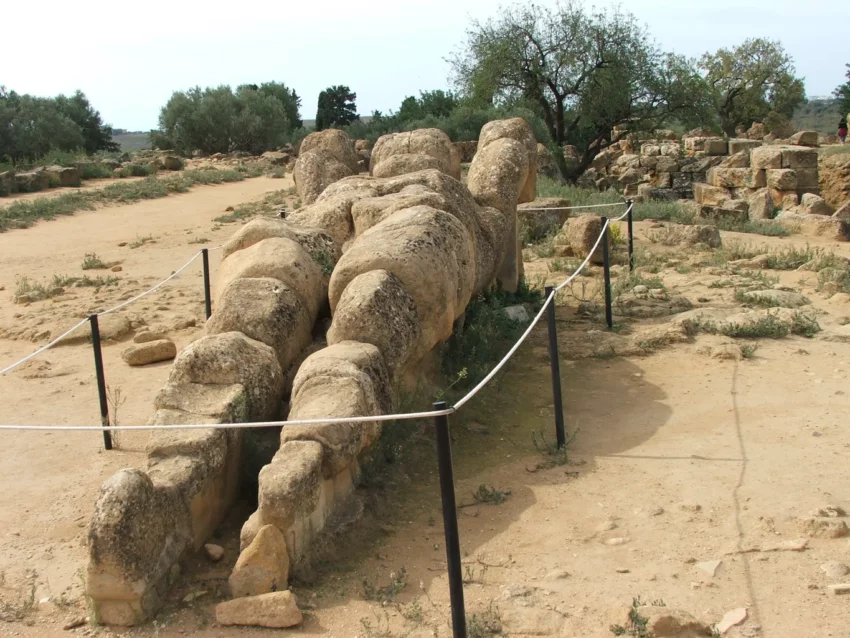Guardians of Ancient Splendor
The Atlas statues at the Temple of Zeus in Agrigento, Sicily, stand as enduring symbols of ancient Greek artistry and mythology. Created in the 5th century BCE, these colossal figures once adorned the grand Doric temple, considered the largest ever built, even though it was never completed. The statues, each standing around 26 feet tall, depicted the Titan Atlas, eternally holding up the sky as punishment for rebelling against Zeus.
Get your dose of History via Email
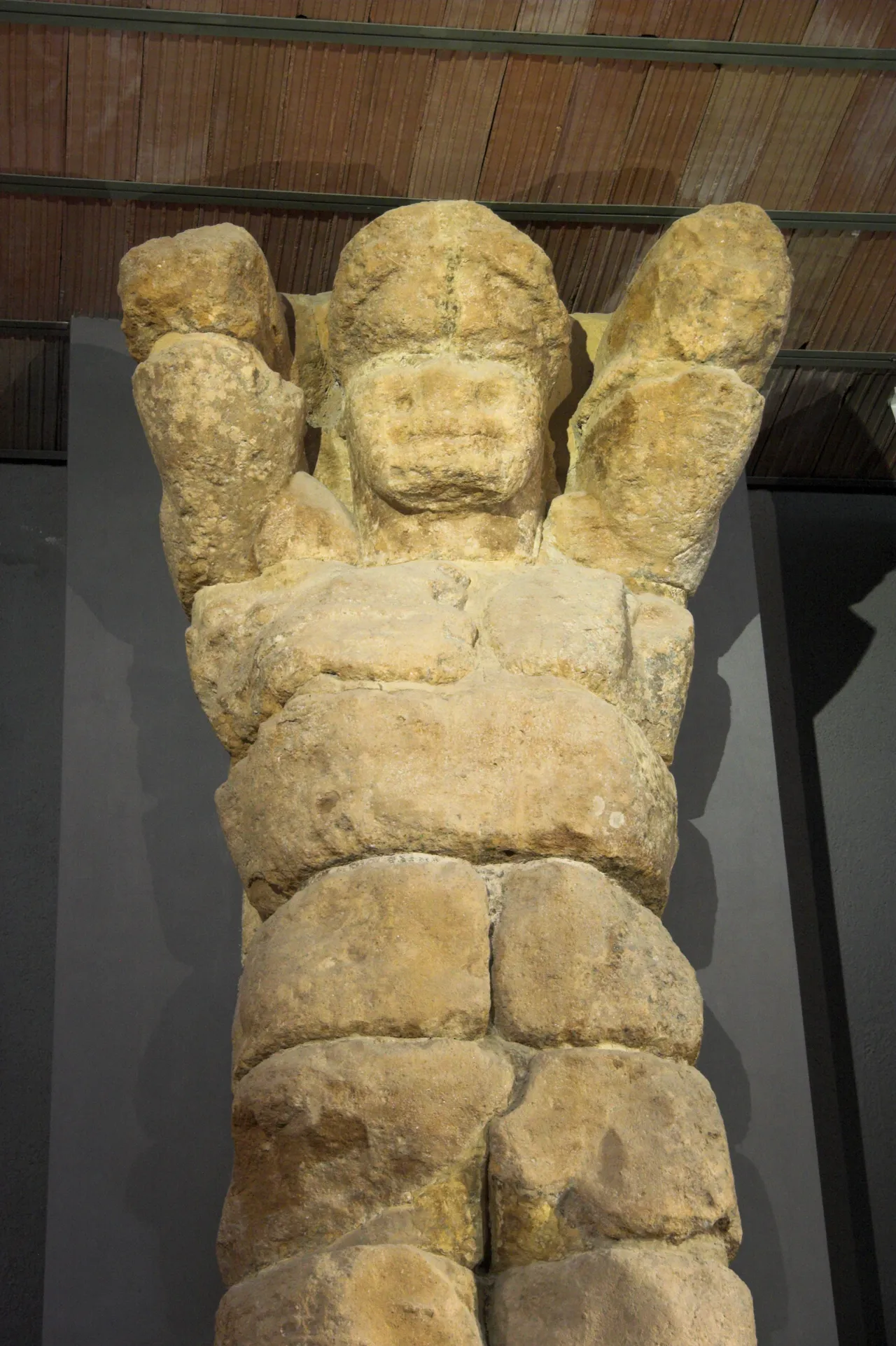
Historical Discovery and Restoration of The Atlas Statues
In 1994, archaeologists unearthed fragments of these statues in the Granicus river valley, located between Troy and Daskyleion. Among the 38 statues originally positioned between the temple columns, one has recently been restored after 20 years of meticulous work. This restored Atlas now stands proudly in the Valley of the Temples, echoing the ancient grandeur of Akragas, the original name for Agrigento.
The Mythological Atlas
In Greek mythology, Atlas was a Titan condemned by Zeus to hold up the sky. Unlike his mythological counterpart, the stone Atlases could not support the temple forever. Earthquakes and other natural events eventually led to the temple’s collapse. For many years, fragments of the statues lay scattered among the ruins. It wasn’t until 1812 that Charles Robert Cockerell, a British architect, identified one of the Titan’s giant sandstone heads during a visit to Agrigento.
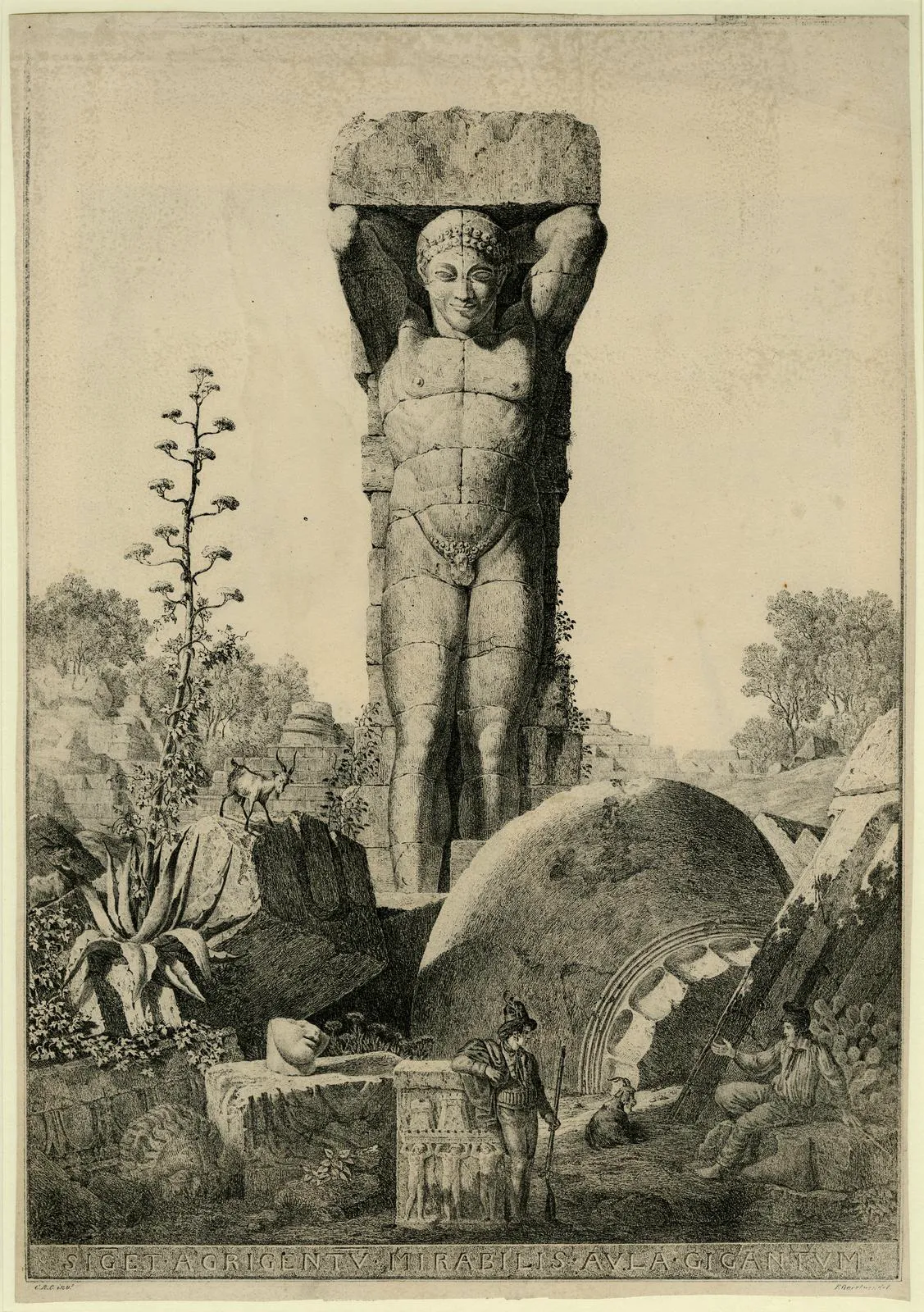
Reconstructing Ancient Marvels
The first significant attempt to reconstruct an Atlas statue was made by archaeologist Pirro Marconi in 1920. Today, the reconstructed statue resides in the Archaeological Museum of Agrigento. The current restoration project began in 2004 when experts cataloged 90 fragments from at least eight Atlas statues. The challenge of reassembling these fragments into a standing statue was significant, requiring the use of metal shelves and larger metal structures for support.
Controversy and Commendation
The restoration project has faced scrutiny. Some archaeologists argue against using ancient sculpture fragments to create modern reconstructions, even if intended to highlight the site’s antiquity. C. Brian Rose, an archaeologist from the University of Pennsylvania, expressed such concerns. Despite the controversy, officials like Sicilian governor Renato Schifani praised the restoration. Schifani emphasized the importance of bringing this “stone giant of ancient Akragas” back to its natural position as part of a significant museum project for the Temple of Zeus area.
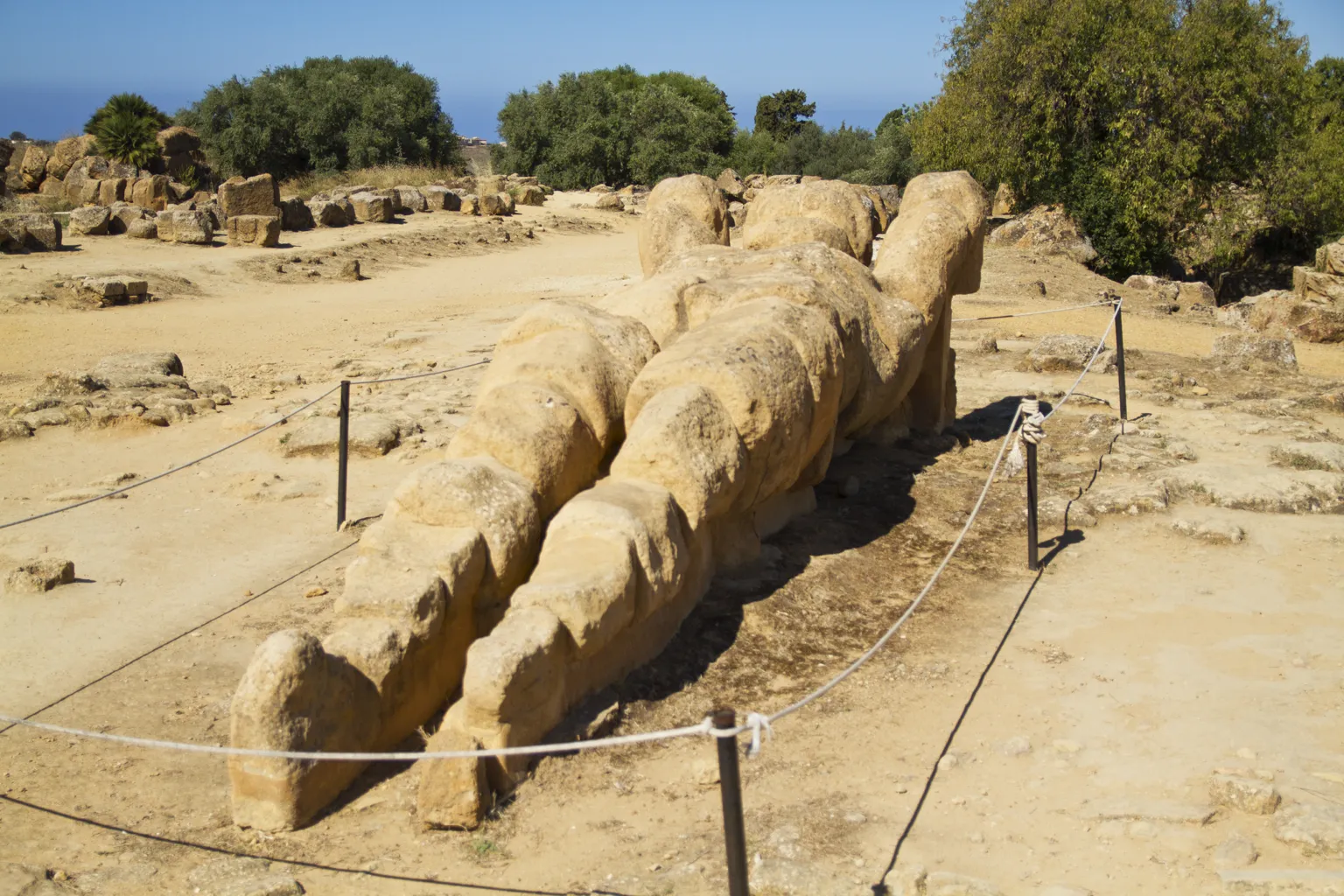
The Glory of Ancient Akragas
Agrigento, known as Akragas in antiquity, was a major center during the golden age of Ancient Greece. The city boasted a population of over 100,000 people in the 5th century BCE. According to philosopher Empedocles, the residents of Akragas lived life to the fullest, partying as if they would die tomorrow and building as if they would live forever. The city’s prosperity waned after its destruction by the Carthaginians in 406 BCE and only returned during the rise of Timoleon in the late 3rd century BCE. During the Roman era, the city underwent significant redevelopment, including the construction of new public buildings and temples.
The Reinstalment of Atlas
The reinstalment of the Atlas statue is part of a broader restoration of the Temple of Zeus. According to Roberto Sciarratta, director of the archaeological park, the goal is to piece together the trabeation (beams) of the temple to restore a portion of its original splendor. Positioned in front of the temple, the Atlas statue serves as a guardian, a tribute to the ancient structure dedicated to Zeus, the father of the gods.
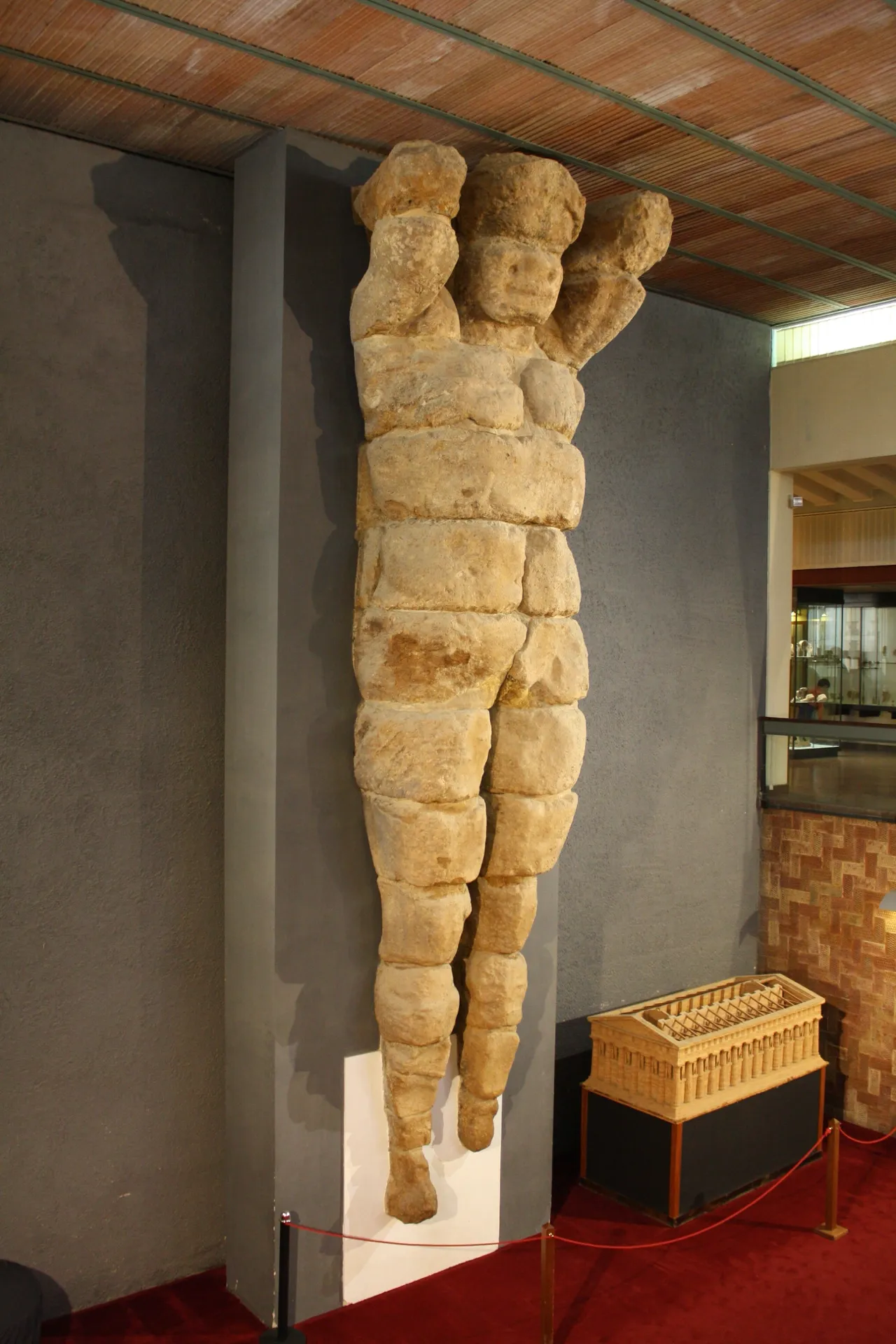
Conclusion: A Triumph of Restoration
The Atlas statues of the Temple of Zeus in Agrigento represent a blend of history, mythology, and artistry. Their restoration not only preserves a critical part of ancient heritage but also revitalizes interest in the rich cultural tapestry of Sicily. As these stone giants once again stand guard, they remind us of the enduring legacy of the ancient world and the timeless stories carved in stone.
Sources:


